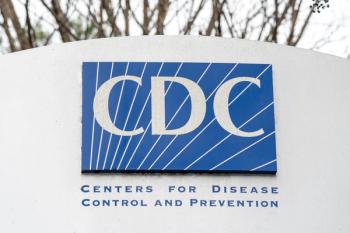
Vitamin D deficiency is prevalent among asthmatic African-Americans
Investigators examined the prevalence of vitamin D insufficiency and deficiency among urban African-American youngsters with asthma compared with their African-American peers without asthma.
Investigators examined the prevalence of vitamin D insufficiency and deficiency among urban African-American youngsters with asthma compared with their African-American peers without asthma. They conducted the study at an urban pediatric medical center in Washington, DC, in 92 asthmatic but otherwise healthy children from 6 to 20 years old who had physician-diagnosed asthma for longer than a year. The control participants were 21 children from 6 to 9 years of age with no history of asthma.
Investigators performed a direct enzyme-linked immunosorbent assay on plasma (from cases) or serum (from control participants) to measure D2 and D3 isoforms of 25-hydroxyvitamin D; they defined insufficiency as less than 30 ng/mL and deficiency as less than 20 ng/mL. After adjusting for age, sex, body mass index percentile, and season of sampling, the median vitamin D level of those with asthma was significantly lower than that of the control participants without asthma. Furthermore, the prevalence of vitamin D insufficiency was significantly greater among cases than controls (86% vs 19%). Investigators observed a similar association for vitamin D deficiency: 54% versus 5% (Freishtat RJ, et al. J Pediatr. 2010;156[6]:948-952).
Commentary
Newsletter
Access practical, evidence-based guidance to support better care for our youngest patients. Join our email list for the latest clinical updates.










